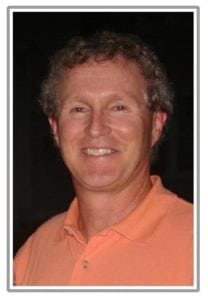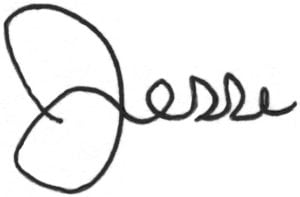Extremely large projects are rarely completed on time and on budget. There are many reasons for this but one of the big reasons is the tradeoff between schedule and quality. By the word quality I mean not only the minimization of defects in the deliverables but also how well they meet the customer requirements. I have been delivering our simulation powered learning project management training to a good number of people currently working on one of these monster projects. During the training there have been numerous group discussions concerning how bad this project is and everyone has their opinion as to “why”. Some blame management, some blame an unskilled workforce, others put the blame on worker attitude. One thing they all agree on is the symptoms: slow progress and poor quality. The reality is I think they are all right. And they prove it in the training by how they manage their simulation projects and the results they see in the simulation.
How do projects start? Projects, especially monster projects, start slow. There is the initial ramp-up, the building of an effective project team and the inevitable learning curve. It is almost impossible to keep a monster project from falling behind schedule in the beginning. So what do we do to get back on schedule? Caving in to our overly concerned management, we often throw overtime and more workers at the project. We add, as is the case with this particular monster project, anyone who can reasonably contribute to the tasks at hand. Of course you add the best available workers first and then as time goes on you add marginally less and less skilled workers, but you keep adding workers as you keep falling further and further behind. Adding workers increases the complexity of coordinating the team and makes communication more difficult. Often the most qualified workers end up trying to work with the less qualified ones so they too see a slowdown in their productivity. Now add overtime that seems endless and a management team that constantly focuses on schedule, schedule, and schedule. What is the result? More often than not, they end up redoing completed portions of the project because they don’t meet specifications and quality requirements. It reminds me of one of my favorite quotes – “If you want it bad, you get it bad”. Poor progress and poor quality.
Now let’s talk about how they managed their simulation projects. The simulation project is designed to start slow, just like real life. The PMs react to the schedule slip by applying overtime and meeting with the team on schedule every week, just like they have been trained in real life. Some even try throwing resources at the critical path task that don’t even have the skills to contribute to the task. This focus on schedule can improve their schedule in the short term, but soon they are watching their quality measure going in the negative direction. Reacting to the poor quality they start focusing on quality by meeting with the team on quality every week and when it really gets bad, sending people to quality training. This focus on quality can work only if they also discontinue their focus on schedule (OT and meeting on schedule). If the students continue their focus on schedule while also focusing on quality, the team members will try to do both at the same time and the result is not so poor progress and not so poor quality.
So what is the answer? Do you have to pick schedule or quality? During class we spent quite a bit of time focused on the productivity of the team – in lecture, in discussion, and in the running the simulation. Productivity is a function of the quality of the team members, the tools they use and the way they are managed. In their discussions the students working on this monster project came up with the answer – focus on productivity. A more motivated and productive work force will work more efficiently and produce much better quality while at the same time reducing schedule pressure. One student even shared how he had been rewarding individual performance and thus raising productivity and morale. Even though what he was doing was working, the technique “challenged the accepted process” and thus was unanimously dismissed as “not to be used” by the other students. It was sad to see a project desperate for answers work so hard to keep from finding them.
Did they at least apply what they learned to their simulation projects? Yes. They all realized they needed to focus on productivity and quality. Once they did that, schedule improved because the virtual team was more productive and with a higher quality, less rework was required.
Fissure, President


